

Potatoes
Trusted plant protection solutions.
Clayton Plant Protection formed in 1991, recently celebrated over 30 years in the Ag industry, and have evolved rapidly to market and distribute a wide range of crop protection products across UK and European markets.
The company is wholly family owned with an excellent reputation in the industry for trust, building established relationships and highquality products with a known provenance.
Clayton is continuously innovating to provide cost effective product options and uniquely, ensures an alternative choice for customers and growers to the larger multinational Ag businesses.
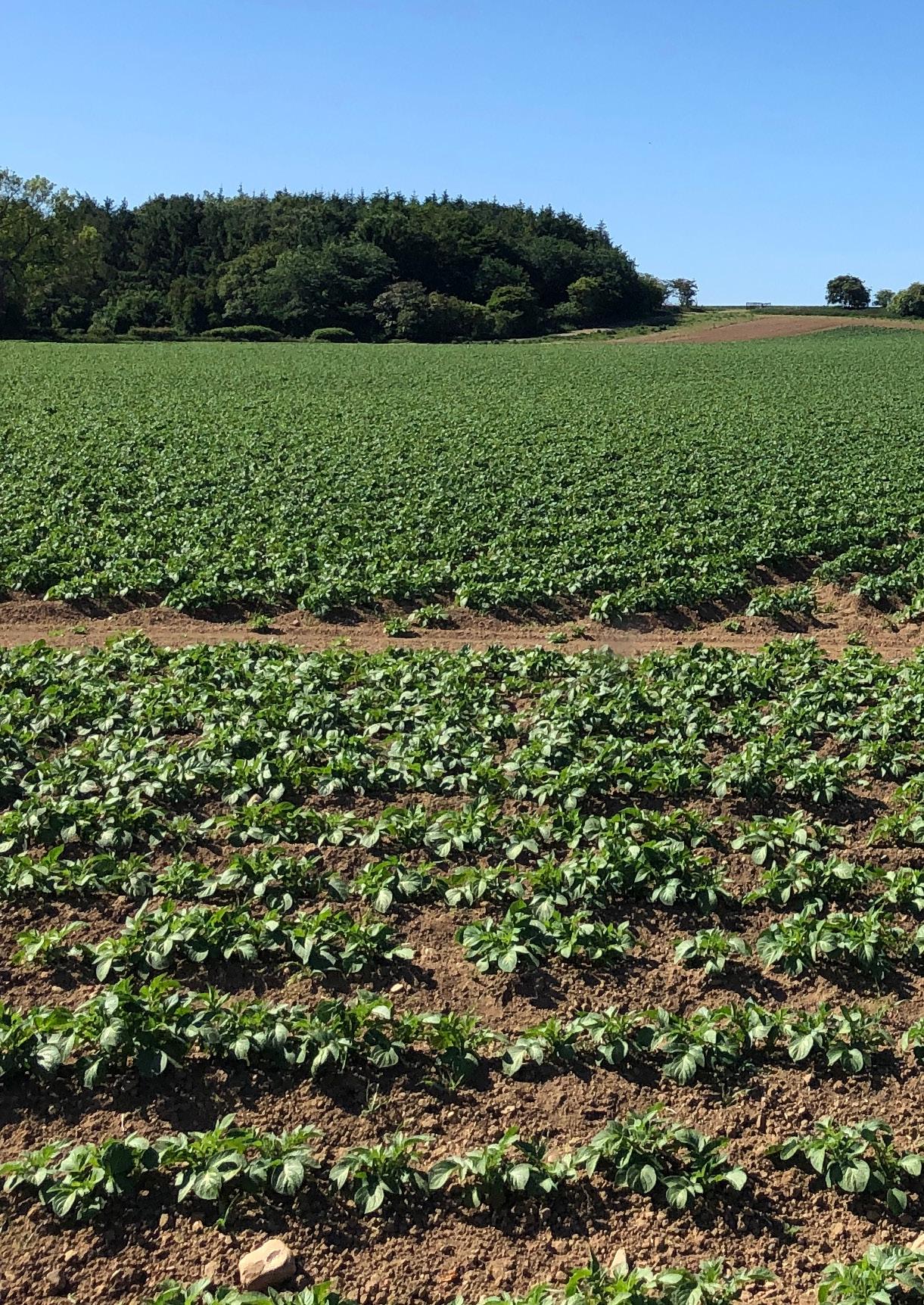

David O’Mahony Managing Director

Maximize potato crop yields this season with Clayton’s targeted disease, pest and weed control product range.
Clayton offers a wide range of proven solutions for potato crops. Maximising yield potential relies on early and effective control of key diseases, pests, and weeds. With careful product selection and application planning, growers can ensure healthy crop development and stronger returns.
Our extensive product portfolio, supported by expert compatibility support, ensures we provide a premium service to growers and agronomists alike.
All Clayton generic products are developed, authorised and manufactured in the UK and Europe, guaranteeing high-quality formulations, reliable performance, and excellent value.
For more information on the products in this guide please visit our website. If you require information on compatibility tank mixes, please contact us.
info@claytonpp.com www.claytonpp.com

Weed control in potato crops.
Both pre-emergence and post-emergence herbicide applications play a crucial role in reducing weed competition. By limiting this competition early in the season, crops benefit from improved establishment, stronger early growth, and ultimately, higher yields.
Beyond yield protection, good weed management contributes significantly to overall pest and disease control.
Weeds act as important hosts and overwintering sites for several insect pests, particularly aphids, which are known vectors of destructive viruses like Potato Virus Y (PVY).
Common weed species such as Common Chickweed, Fat-hen, and Black Nightshade can harbour these viruses and serve as reservoirs for infection, increasing the risk of disease spread within the crop.
Managing weeds also helps to suppress other threats. For example, removing volunteer potatoes and alternative host plants like Black Nightshade can lower the incidence of early blight (Alternaria) and other fungal diseases by reducing the sources of infection within the field and surrounding margins.
An integrated weed control programme should include:
• Timely application of residual preemergence herbicides to prevent early weed establishment.
• Post-emergence treatments to manage later flushes and escapees.
• Crop rotation, stale seedbeds, and removal of volunteers to minimise weed pressure year-on-year.
CLAYTON MIZEN™ / CLAYTON MIZUNA™
WG formulations , 70% w/w metribuzin View Product
CLAYTON COMPLY ™
EC formulation, 800 g/l prosulfocarb
CLAYTON DUNDEE™
WDG formulation, 250 g/kg rimsulfuron
POWERFUL & ROBUST WEED CONTROL IN POTATOES
Mizen ™, Mizuna ™
Sulphonylurea herbicide for the control of certain broad-leaved weeds in potatoes.
Potatoes
Active Ingredients: 70% w/w metribuzin
Use Rate & Timings:
Target Weeds:
Potato – earlies: apply at 0.75 kg/ha for a maximum of 1 treatment per crop, pre-emergence. Potato – maincrop: apply at 0.75 kg/ha pre-emergence and/or 0.5 kg/ha post- emergence, before the shoots reach 15cm in length. A minimum of 21 days must be observed between applications. A maximum total dose of 0.50 kg product/ha/season may be applied postemergence of the crop.
Early germinating weeds: for best control, apply between the cotyledon to one true leaf stage.
Annual meadow grass, Blackgrass, Bugloss, Charlock, Common Chickweed, Common Fumitory, Common Orache, Common Poppy, Corn spurrey, Fat hen, Forget me not, Field Pansy, Field Penny-cress, Groundsel, Hemp-nettle, Henbit dead-nettle, Knotgrass, Mayweed spp., Pale persicaria, Red dead-nettle, Redshank, Scarlet pimpernel, Shepherd’s-purse, Small nettle, Speedwell spp., Sun spurge, Volunteer OSR, Wild radish (all susceptible, preemergence). Black bindweed (moderately susceptible, pre-emergence). Black nightshade, Cleavers (both resistant, pre-emergence). See label for post-emergence weed susceptibility details.
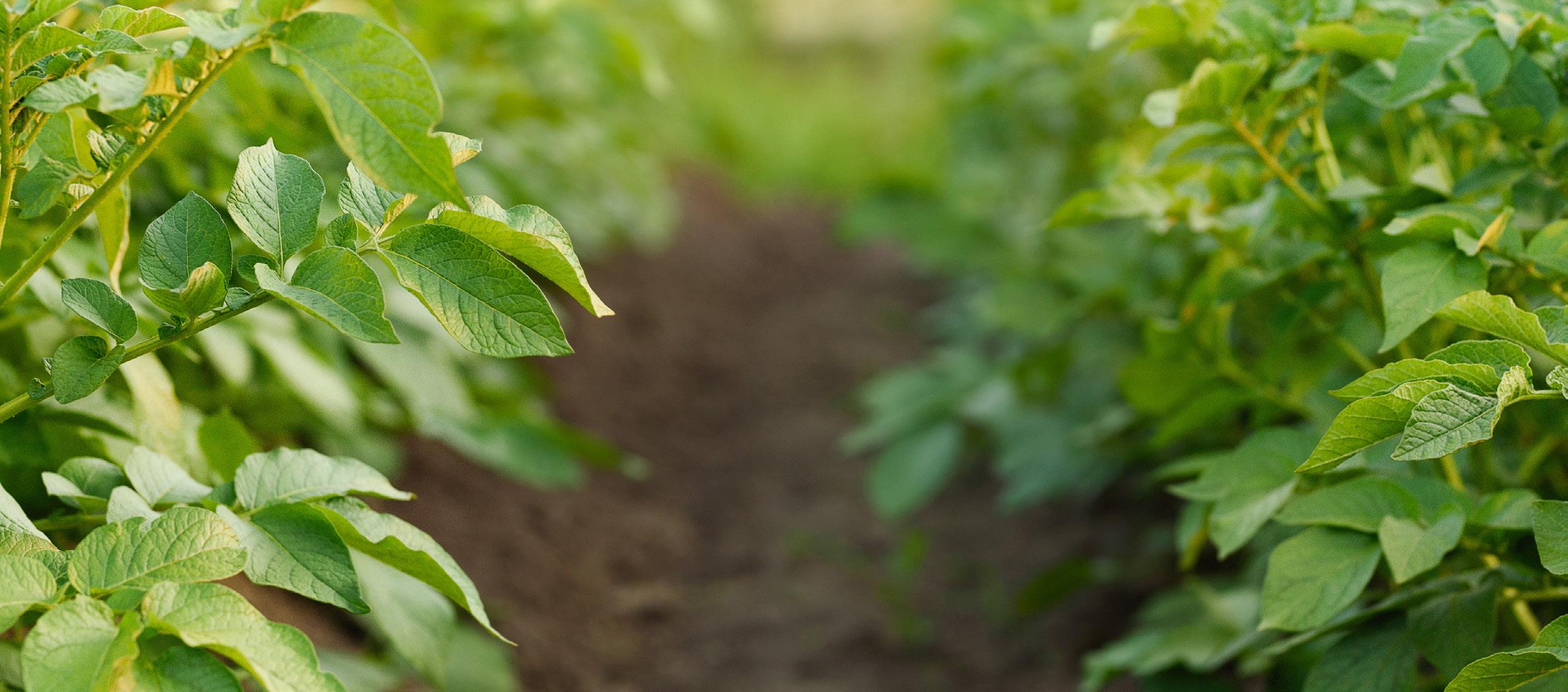
Comply ™
Effective herbicide for control of certain annual grass weeds and a range of broadleaved weeds in early and maincrop potatoes.
Potatoes Cereals
Active Ingredients: 800 g/l prosulfocarb
Use Rate & Timings: Apply at 5.0 l/ha for a maximum of 1 treatment per crop at emergence (soil rising over emerging potato shoots). May also be applied pre-emergence. Complete ridge formation before application and do not disturb treated soil after application.
Target Weeds:
Rough stalked meadow grass, Speedwell species (various), Black Nightshade, Chickweed, Forget me not, Cranesbill, Red dead-nettle (all susceptible – see label for timings). Annual meadow grass, Loose silky bent, Cleavers (all moderately susceptible – see label for timings).

Dundee ™
Sulphonylurea herbicide for the control of certain broad-leaved weeds in potatoes.
Potatoes
Active Ingredients: 250 g/kg rimsulfuron
Use Rate & Timings: Apply at 50 g/ha for a maximum of 1 treatment per crop (not before the 1st February) and before the most advanced shoots are 25cm high. Apply both products with an authorised non-ionic wetting agent at 0.1 % v/v.
Target Weeds: Charlock, Common Chickweed, Cleavers, Red dead-nettle, Hemp-nettle, Scentless Mayweed, Small Nettle, Redshank, Volunteer OSR (all susceptible, at cotyledon to 2 leaves). Blackbindweed, Knotgrass, Black Nightshade, Pale Persicaria (all moderately susceptible). Fat-hen (moderately resistant). Useful suppression of common couch in the year of application may result when application coincides with the weed being at its 4-6 leaves stage.

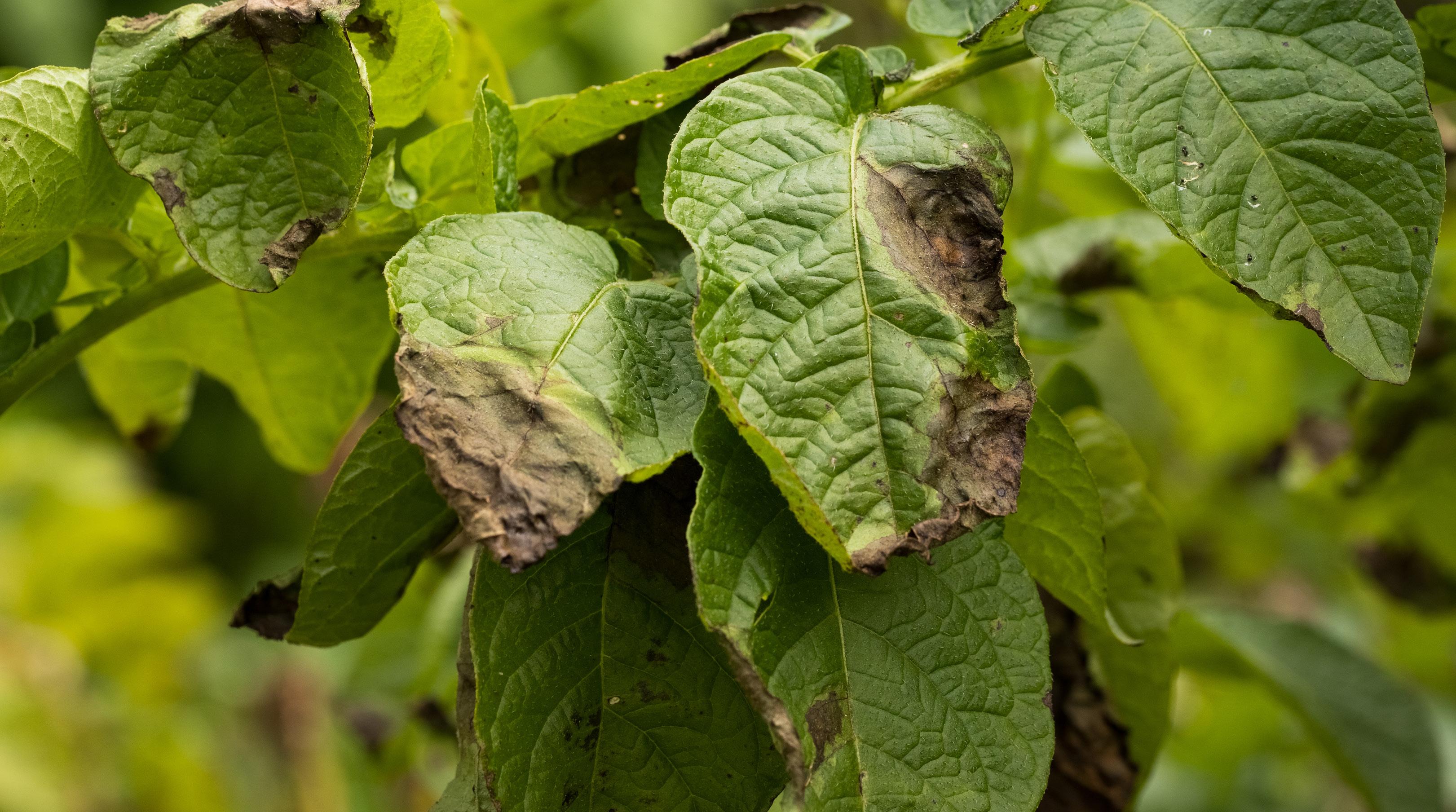
Disease control in potato crops.
Avoiding crop stress also reduces disease impact, so good crop management, appropriate fertiliser applications and irrigation best practice all help.
Early blight (Alternaria solani) is a mainly soil-borne fungal pathogen that affects potato crops. Warm and wet periods favour the disease, and if not controlled, it can cause dramatic leaf loss, leading to yield reductions of up to 30%.
The disease is distinct from late blight (Phytophthora infestans).
Other fungal diseases such as Black Dot, Black Scurf and Stem Canker are also important to treat by an in-furrow application at planting to reduce damage to both yield and quality.
Late blight caused by the fungal oomycete Phytopthora infestans is the single most important disease of potatoes in the UK.
Late blight can infect foliage, stems and tubers and after infection (usually in early spring) can grow very rapidly with visible symptoms, seen as irregular shaped dark spots on leaves, often appearing in a few days.
Programmed fungicide sprays through the season in line with disease forecasts within an IPM approach are vital.
See Clayton Augusta and Clayton Linaxo product profiles or full labels for details on rates and timings.
TARGETED, COST-EFFECTIVE DISEASE CONTROL FOR POTATOES
CLAYTON AUGUSTA™
SC formulation, 250g azoxystrobin
CLAYTON LINAXO™ WDG formulation, 600 g/KG cymoxanil
View Product
View Product
Augusta ™
Effective, useful systemic and protectant strobilurin fungicide.
OSR Cereals Fruit Peas Beans Potatoes Field Vegetables
Active Ingredients: 250g/l azoxystrobin
Use Rate: Apply at 1.0 L/ha for a maximum of 2 treatments per crop at a minimum 21-day spray interval. Latest application 21 days before harvest. Use against Sclerotinia as a protectant during flowering (best results from an application timing GS60-GS65, from early to midflowering). Use against Alternaria as a protectant at early pod formation (before first spots appear on the pods).
Target Diseases: Spring - Dark Leaf and Pod Spot Alternaria spp. (control). Sclerotinia stem rot (moderate control).

Linaxo ™
As a locally systemic fungicide it offers the flexibility of both preventative and curative control in blight programmes.
Potatoes
Active Ingredients: 600 g/KG cymoxanil
Formulation Water Dispersible Granule
Use Rate: Potatoes: (Foliar spray) - apply at 0.15 KG/ha for a maximum of 8 treatments per crop at minimum 7-day spray intervals, up to latest application 1 day before harvest (BBCH 93).
Target Diseases:
Potato Late blight (Phytophthora infestans) - control.
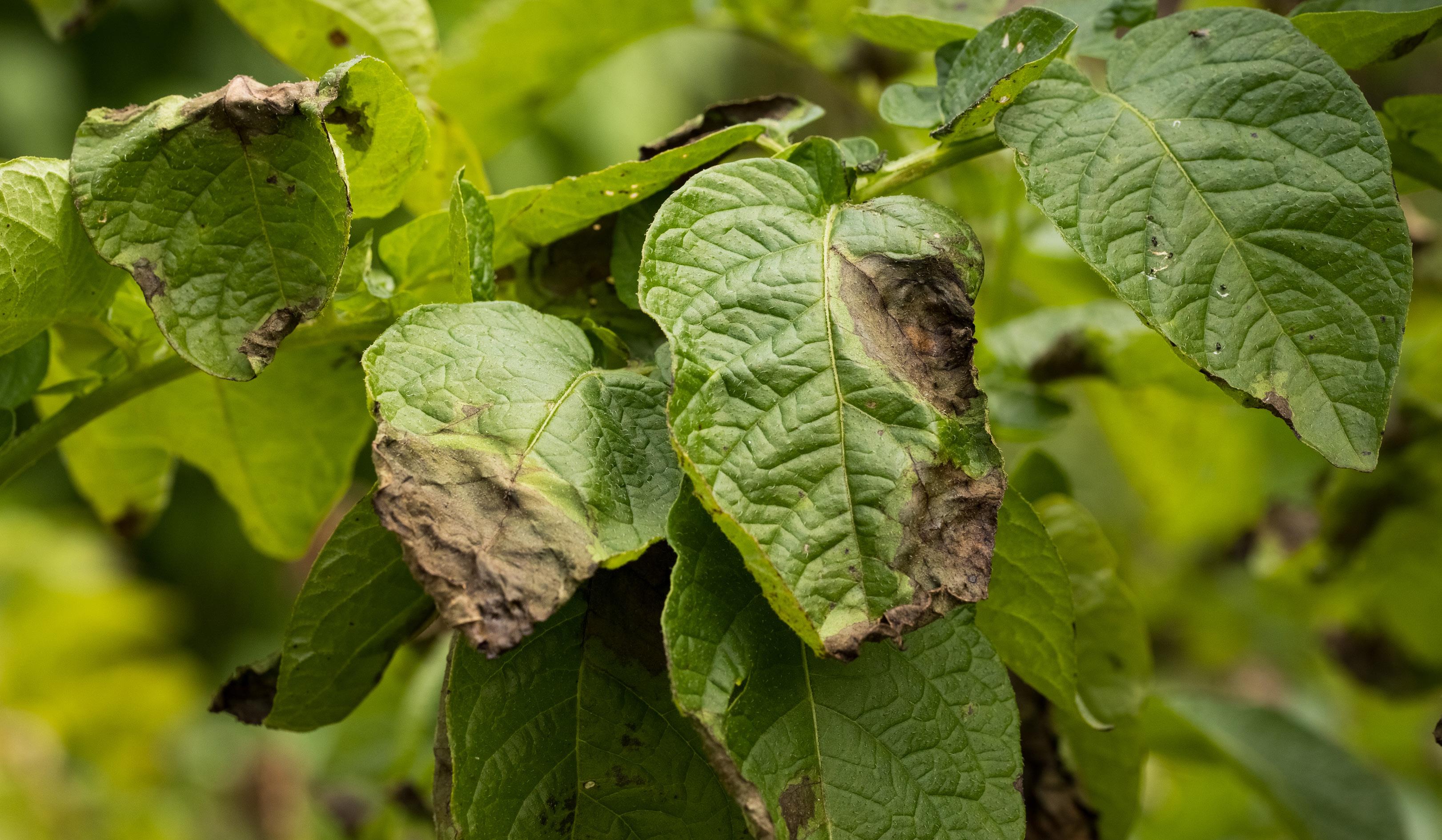
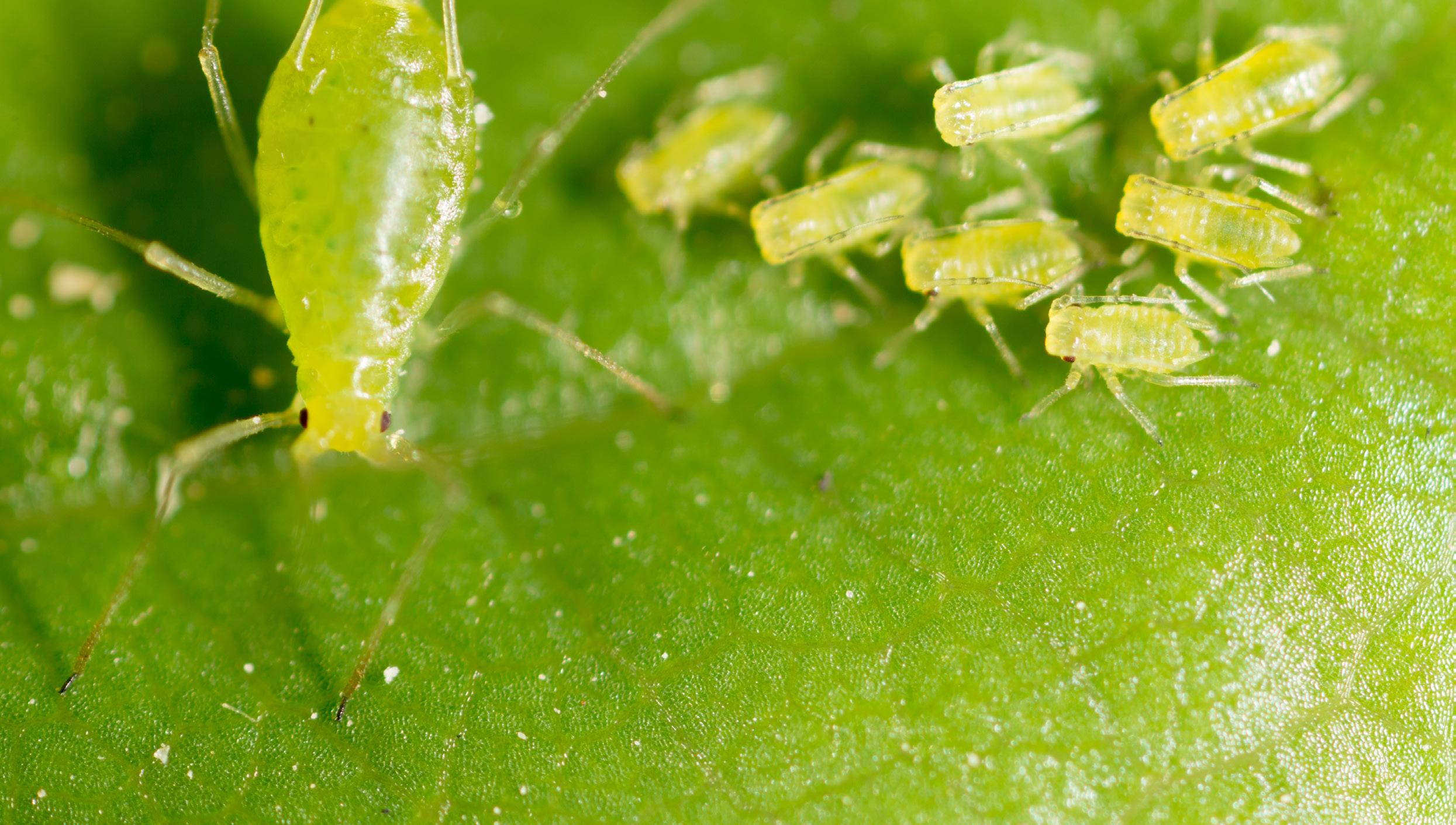
Aphid control in potato crops.
Aphids are among the most significant pests in potato production, primarily due to their role as vectors of plant viruses. They are responsible for transmitting more damaging viruses than any other pest group.
Two of the most economically important viruses in potatoes, Potato Leafroll Virus (PLRV) and Potato Virus Y (PVY) are both spread by aphids.
Infected plants can suffer from stunted growth, reduced tuber yields, and a decline in overall crop quality, with seed potatoes posing a particular concern due to the risk of virus carryover.
Effective aphid control is therefore critical, especially in seed potato crops, where virus prevention is paramount.
Control programmes should be guided by official aphid forecasting systems, such as those provided by regional agricultural authorities, and should commence as soon as virus risk warnings are issued or when local monitoring detects early signs of aphid migration.
In ware crops, while the virus risk is generally lower, unchecked aphid populations can still impact yields and marketability. Sprays should be applied once aphid numbers begin to rise significantly and approach or exceed threshold levels established by local guidelines or historical farm data.
An integrated pest management approach - combining crop monitoring, forecasting tools, and targeted insecticide applications offers the most effective strategy for maintaining healthy, productive potato crops throughout the season.
TARGETED INSECTICIDES FOR APHID CONTROL IN POTATOES
SPARTA™
EC formulation, 50 g/l lambda-cyhalothrin
CLAYTON LANARK™
CS formulation, 100 g/l lambda-cyhalothrin
View Product
View Product
CLAYTON
Sparta ™
Pyrethroid insecticide for the control of aphids in potatoes.
Active Ingredients: 50 g/l lambda-cyhalothrin
Emulsifiable Concentrate
Use Rate & Timings: Apply at 0.15 l/ha for a maximum of 4 treatments per crop (maximum total dose 0.6 l/ha) with a minimum interval of 7 days between applications. Seed / Ware crops - Spray upon professional advice or immediately threshold levels are reached. Repeat at 7-14 days as necessary whilst aphids present a risk. To discourage aphid feeding (so as to minimise virus transmission) and to control aphids already in the crop use Clayton Sparta in mixture with another insecticide with an alternative mode of action. This also ensures good resistance management practice. Observe any label restrictions on the partner product.
Target Pests: Aphids, including Peach-potato aphid (Myzus persicae),Potato aphid (Macrosiphum euphorbiae) and others.
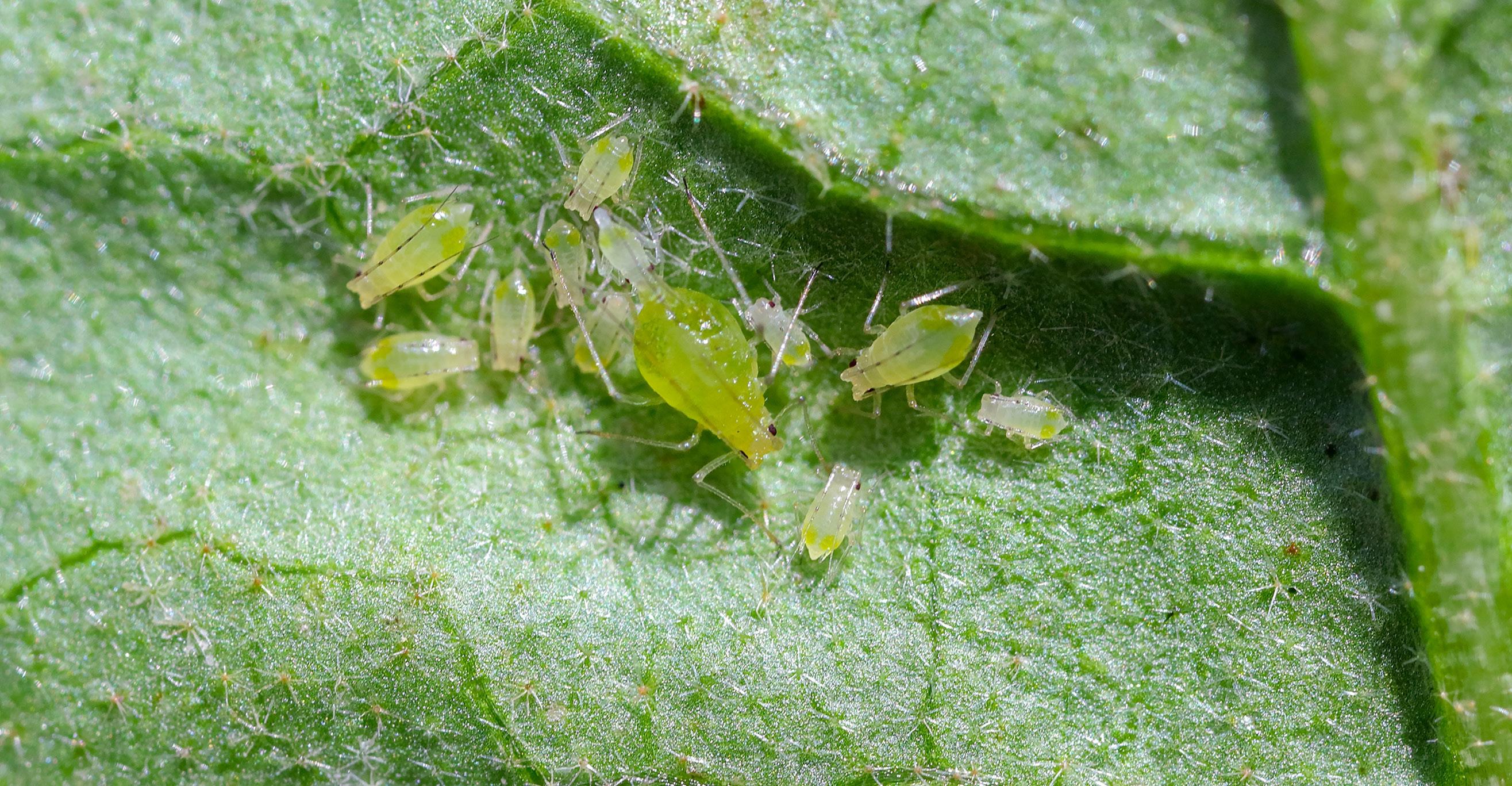
Lanark ™
High-loaded pyrethroid insecticide for the control of aphids in potatoes.
Active Ingredients: 100 g/l lambda-cyhalothrin CS Formulation
Capsule Suspension
Use Rate & Timings: Apply at 75 ml product/ha for a maximum of 4 treatments per crop (maximum total dose 300 ml product/ha) with a minimum interval of 7 days between applications. Use a water volume of at least 400 L/ha and use sufficient water volume to ensure thorough crop penetration. Apply according to specialist advice at aphid egg hatch and repeat 10-14 days later. The latest time of application is eight weeks before harvest.
Ware crops: Use Clayton Lanark for the control of potato aphid and other aphids. Where resistant forms of peach-potato aphid are present or suspected Clayton Lanark should not be used. Clayton Lanark can also provide incidental control of other pests e.g. cutworms if the timing coincides with that for aphid control.
Target Pests: Aphids, including Peach-potato aphid (Myzus persicae),Potato aphid (Macrosiphum euphorbiae) and others.
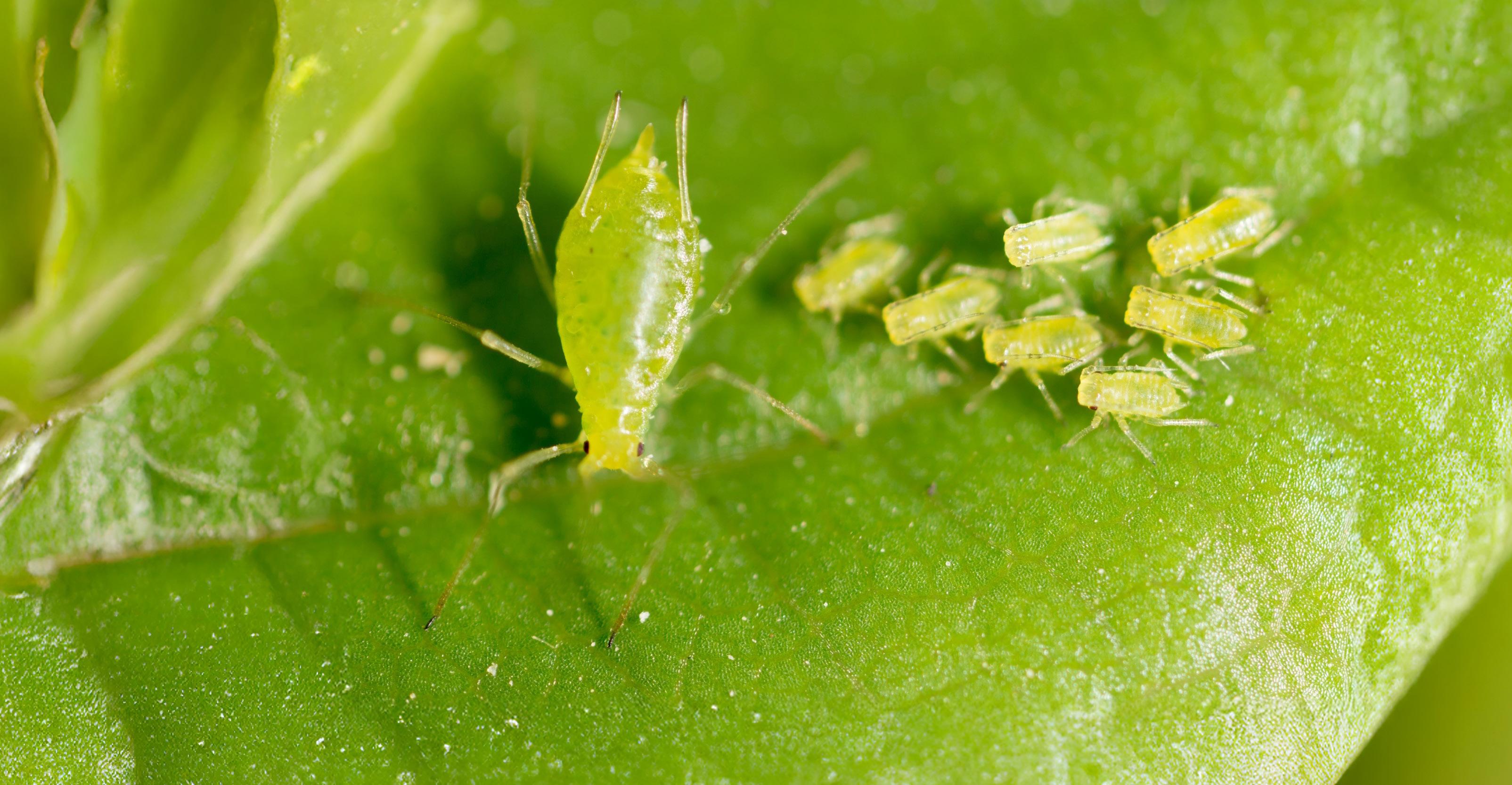
PRODUCT OVERVIEW POTATOES PRODUCT RANGE
HIGH QUALITY, BROAD-SPECTRUM HERBICIDES TARGETING POWERFUL, ROBUST WEED CONTROL.
CLAYTON MIZEN ™/ CLAYTON MIZUNA™
WG formulations , 70% w/w metribuzin
CLAYTON COMPLY ™
EC formulation, 800 g/l prosulfocarb
CLAYTON DUNDEE ™
WDG formulation, 250 g/kg rimsulfuron
View Product
View Product
View Product
PERFORMANCE FUNGICIDES TARGETING COST-EFFECTIVE DISEASE CONTROL.
CLAYTON AUGUSTA™
SC formulation, 250g azoxystrobin
CLAYTON LINAXO ™
WDG formulation, 600 g/KG cymoxanil
View Product
View Product
TARGETED INSECTICIDES FOR EFFECTIVE APHID CONTROL IN POTATOES
CLAYTON SPARTA™
EC formulation, 50 g/l lambda-cyhalothrin
CLAYTON LANARK ™
CS formulation, 100 g/l lambda-cyhalothrin
View Product
View Product
